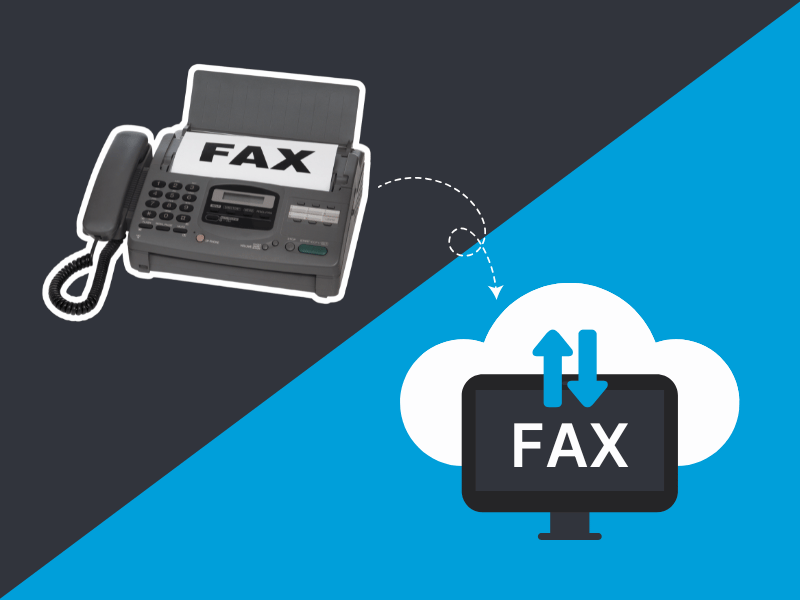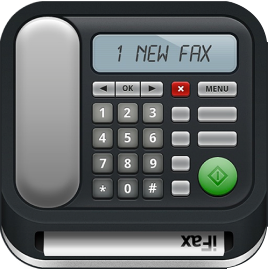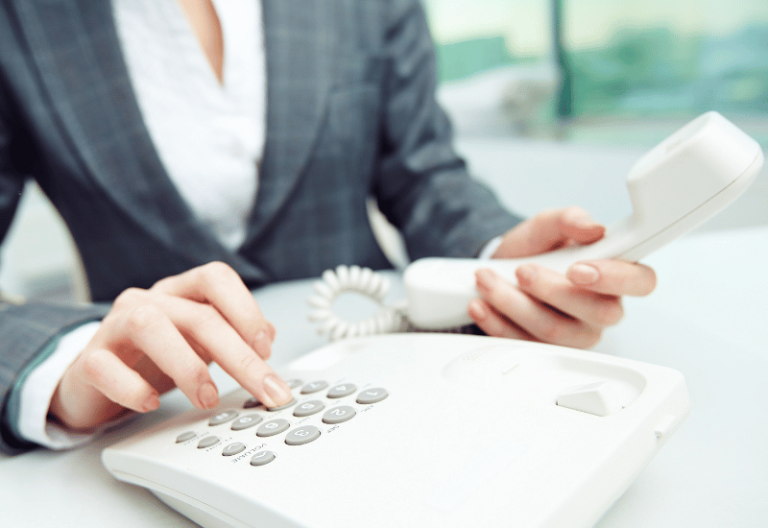Switching from analog to digital faxing benefits businesses in multiple ways. It facilitates seamless communication while enhancing security, efficiency, and compliance. Analog faxing will only hinder productivity as it lacks the flexibility to integrate with modern digital workflows and cloud-based systems.
With digital faxing, you can send and receive fax documents without using fax machines or connecting to copper lines. It’s also easier to track fax transmissions since most of today’s digital fax solutions offer real-time tracking, audit trails, and delivery confirmations.
Below is a list of key “analog to digital fax” terms and their definitions.
Understanding these terms is crucial for any business or organization that uses fax to send, receive, and manage documents.
Analog to Digital Fax Terms, Acronyms, & Definitions
Understanding Analog to Digital Fax Transition
As business communication shifts from traditional to modern, transitioning from analog to digital faxing is no longer an option but a necessity.
Evaluating your business needs and choosing a solution that balances security, ease of use, and cost-effectiveness is crucial. Switching to digital faxing can help you move away from traditional faxing while keeping up with evolving technology.
iFax offers secure, compliant, cost-effective fax solutions to help your business transition from analog to paperless digital faxing.
Find out how iFax works, or create an account to explore its features.





